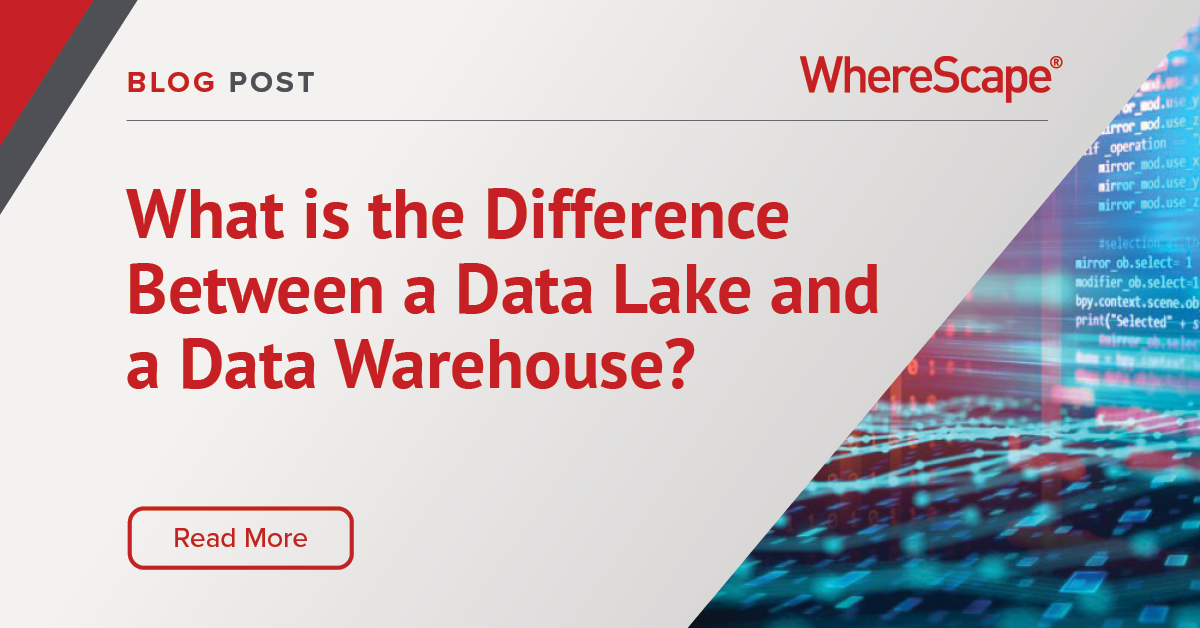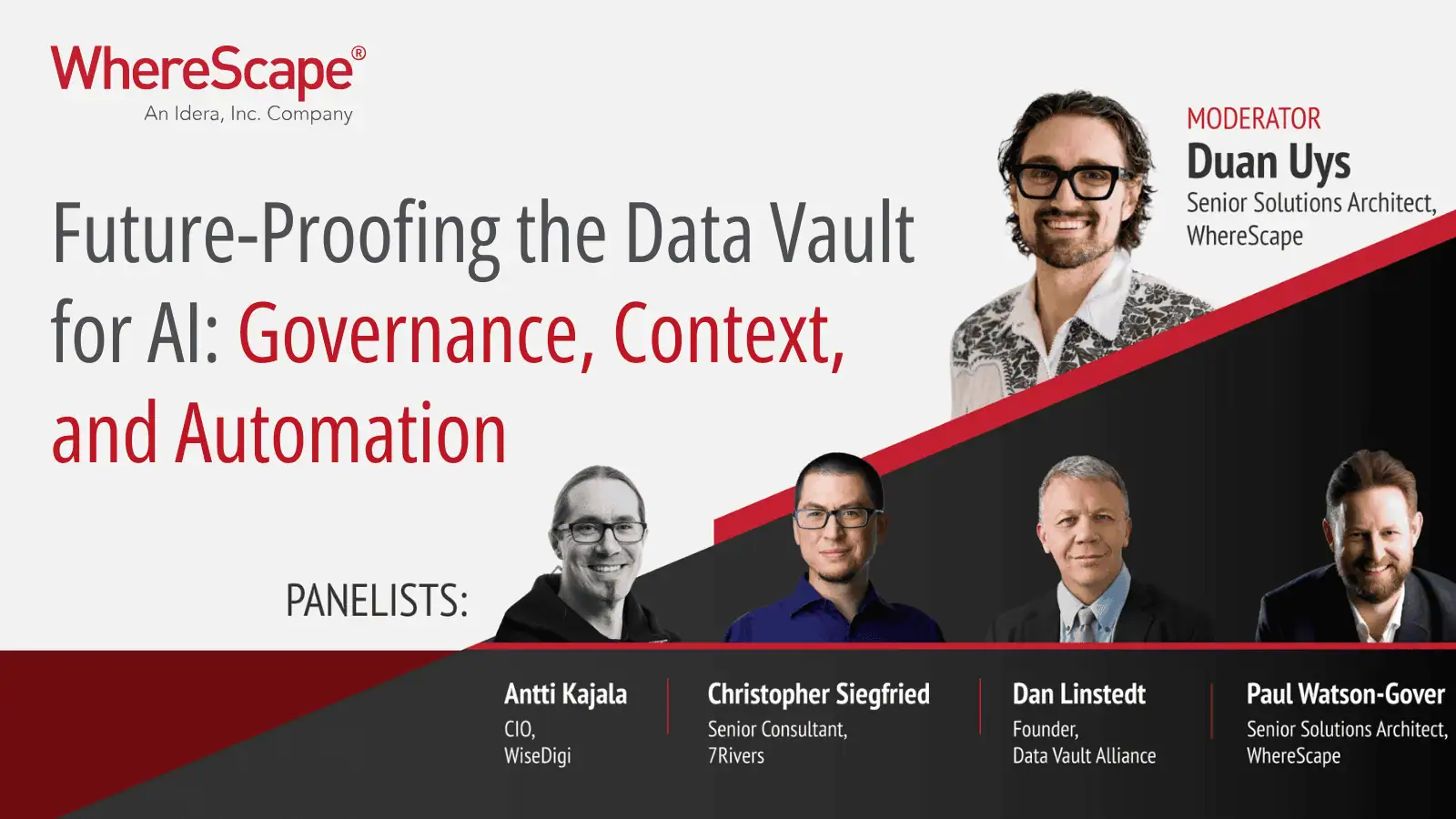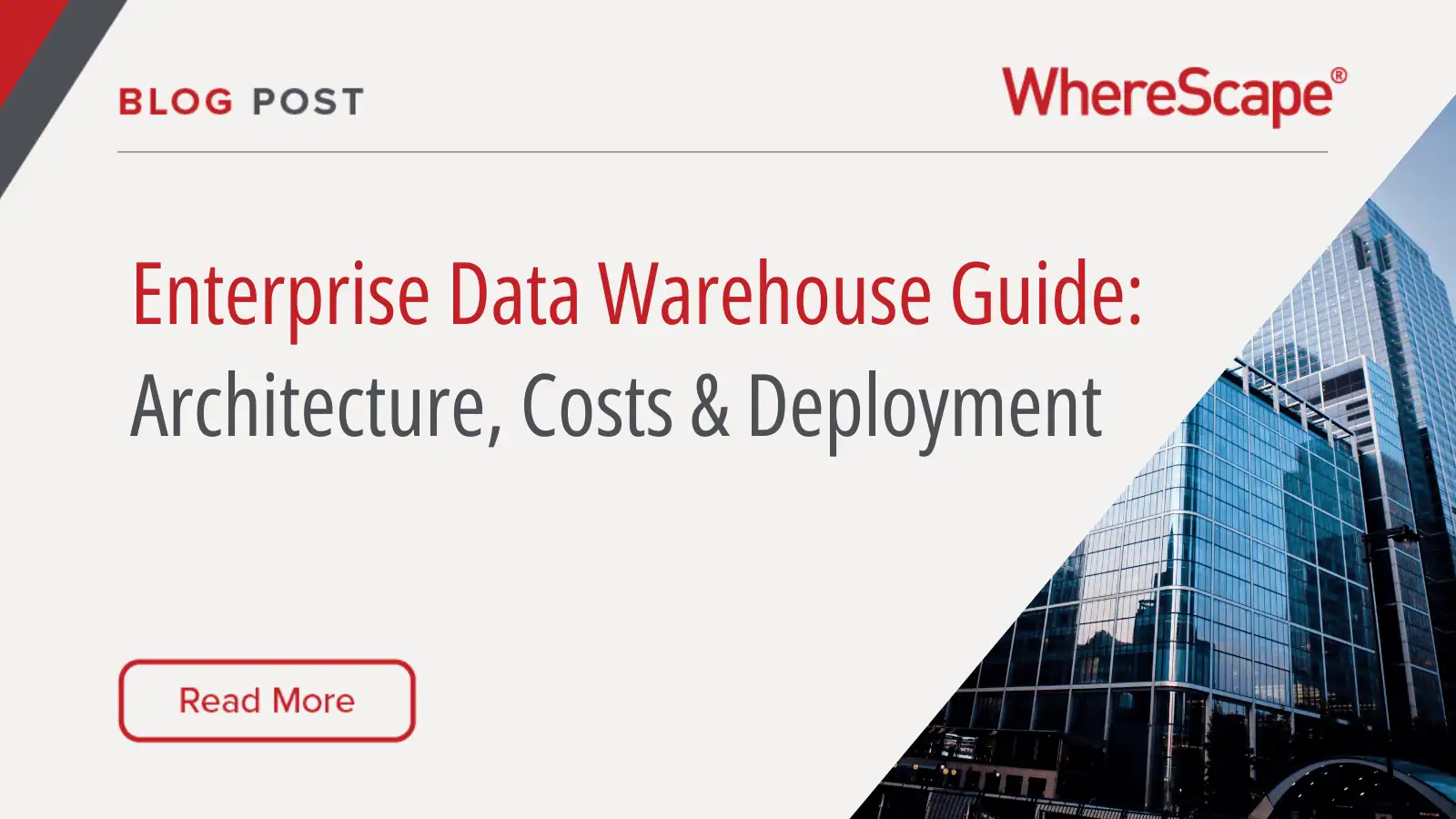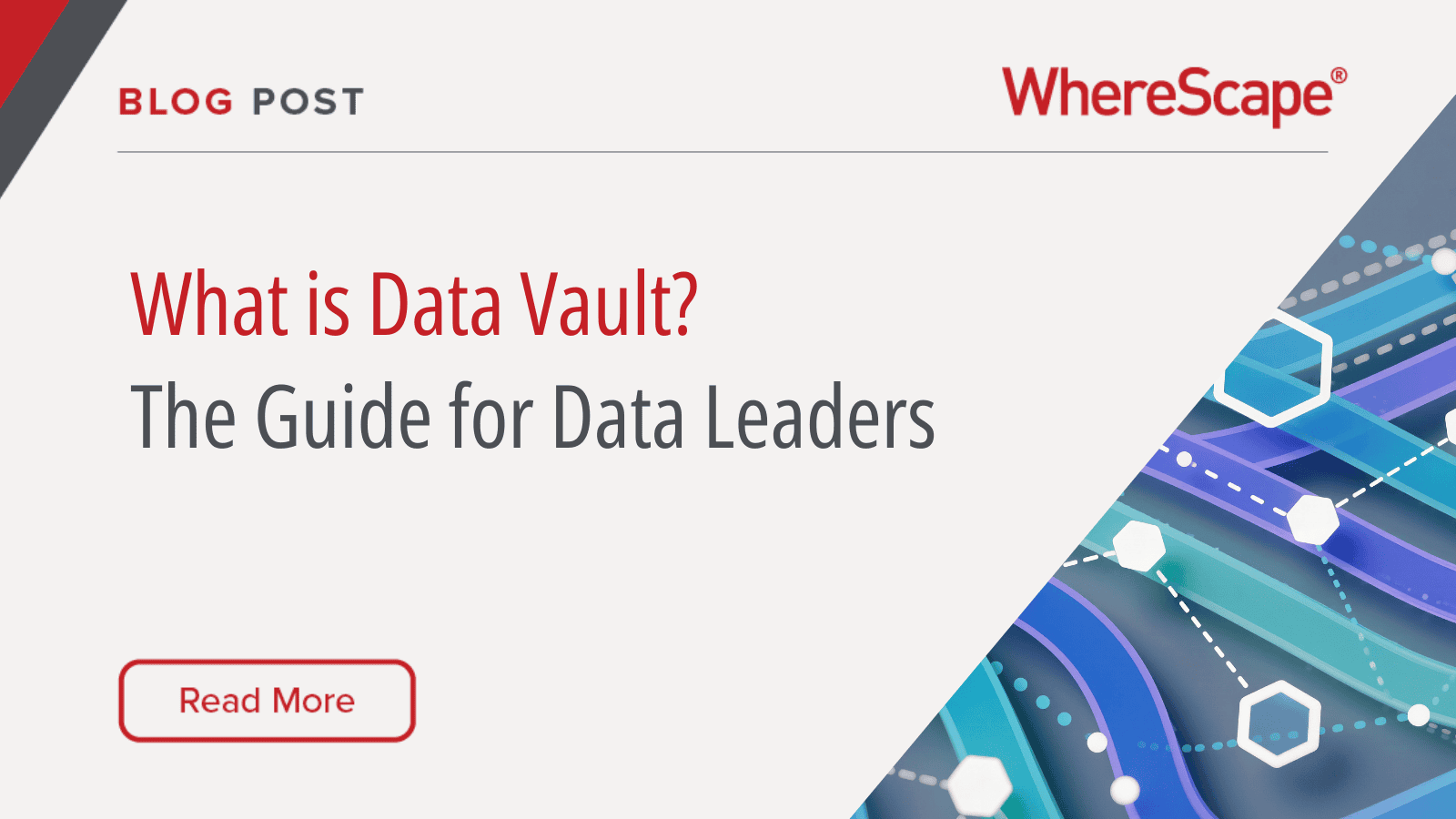The Data warehouse and data lake are the two leading solutions for enterprise data management. While data warehouses and data lakes might share some overlapping features and use cases, there are fundamental differences in the data management philosophies, design characteristics, and ideal use conditions for each of these platforms.
In this blog post, we take a closer look at the key differences between the data lake and data warehouse platform, and how to choose the right one for your business.
What is a Data Warehouse?
A data warehouse is designed for highly structured data generated by business applications. It brings all your data together and stores it in a structured manner. It is a data management platform that provides business intelligence for structured operational data, usually from a relational database management system (RDBMS). It ingests structured data with predefined schema, then connects that data to downstream analytical tools that support business intelligence (BI) initiatives.
Data warehouses support sequential ETL operations, where data flows in a waterfall model from the raw data format to a fully transformed set, optimized for fast performance. This platform relies on the structure of data to support high-performance SQL (Structured Query Language) operations. Some newer data warehouses support semi-structured data such as JSON, Parquet, and XML files.
It is possible to automate the design, development and production of a data warehouse. Organizations have seen projects estimated to take years reduced to months and sometimes weeks. WhereScape provides data warehouse automation software to achieve these goals.
What is a Data Lake?
A data lake is a centralized data repository where structured, semi-structured, and unstructured data from a variety of sources can be stored in their raw format. It helps eliminate data silos by acting as a single landing zone from multiple sources.
A data lake is ideal for machine learning use cases. It provides SQL-based access to data and native support for programmatic distributed data processing frameworks like Apache Spark and Tensorflow through languages such as Python, Scala, Java, and more. It supports native streaming, where streams of data are processed and made available for analytics as they arrive.
The key purpose of a data lake is to make organizational data from various sources accessible to different end-users like business analysts, data engineers, data scientists, product managers, executives, etc, to leverage insights in a cost-effective manner for improved business performance.
Choosing the right platform for your organization
Both data warehouse and data lake solutions are not mutually exclusive. Neither a data lake nor a data warehouse on its own comprises a data and analytics strategy, but both solutions can be used together.
The data warehouse model is all about functionality and performance. It ingests data from RDBS, transforms it into something useful, then pushes the transformed data to downstream BI and analytics applications. These functions are essential, but the data warehouse paradigm of schema-on-write, tightly coupled storage/compute, and reliance on predefined use cases makes the data warehouse the wrong choice for big, multi-structured data or multi-model capabilities.
In contrast, a data lake is more suited to meeting the demands of a big data world: schema-on-read, loosely coupled storage/compute, and flexible use cases that combine to drive innovation by reducing the time, cost, and complexity of data management. However, without data warehouse functionality, a data lake can become a data swamp.
WhereScape can automate the development and maintenance of your data warehouse. Through two products, WhereScape RED and WhereScape 3D, your organization can achieve its data warehouse goals in a fraction of the time as opposed to developing manually.
If you would like to see WhereScape in action, please request a demo.




